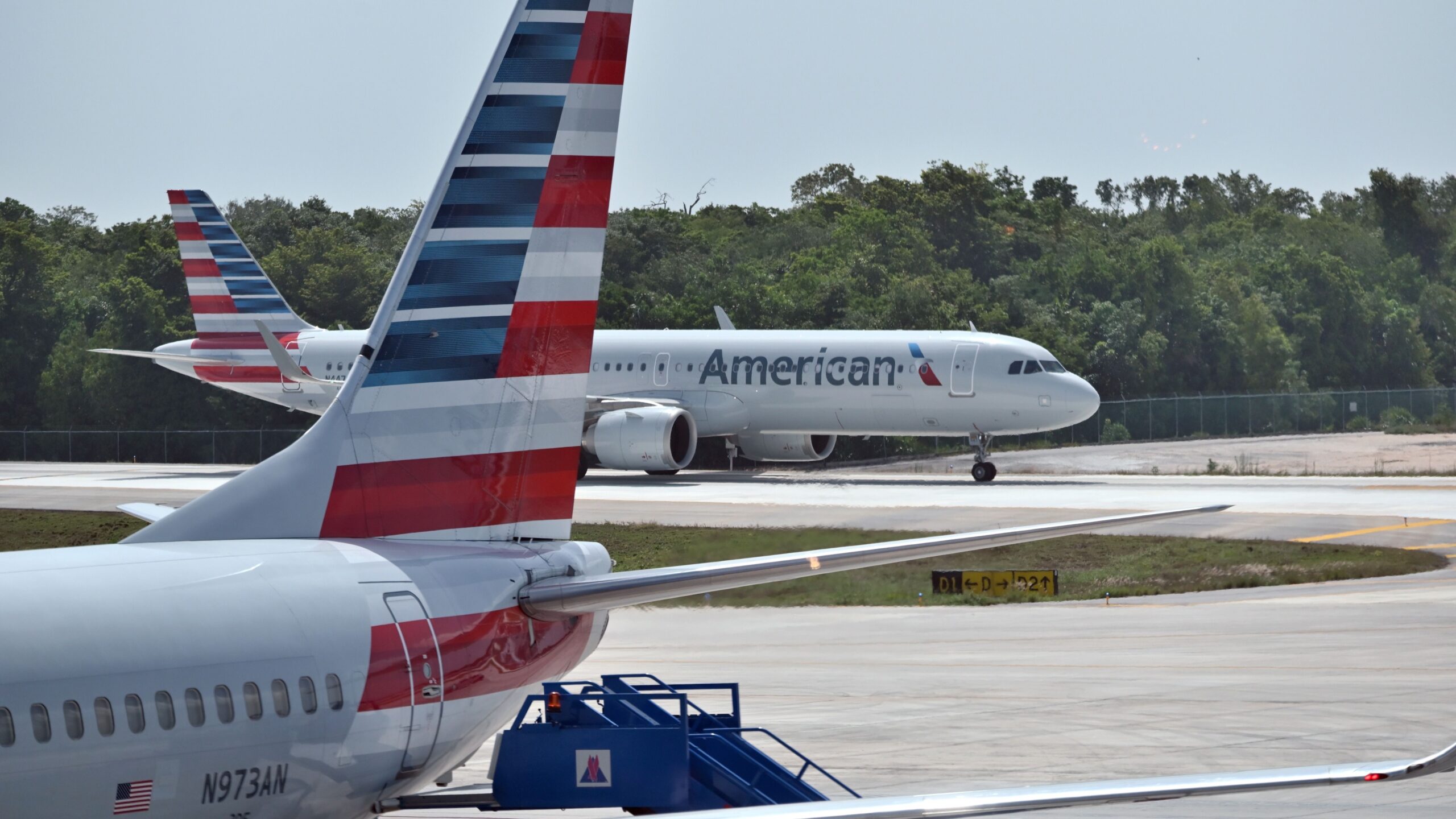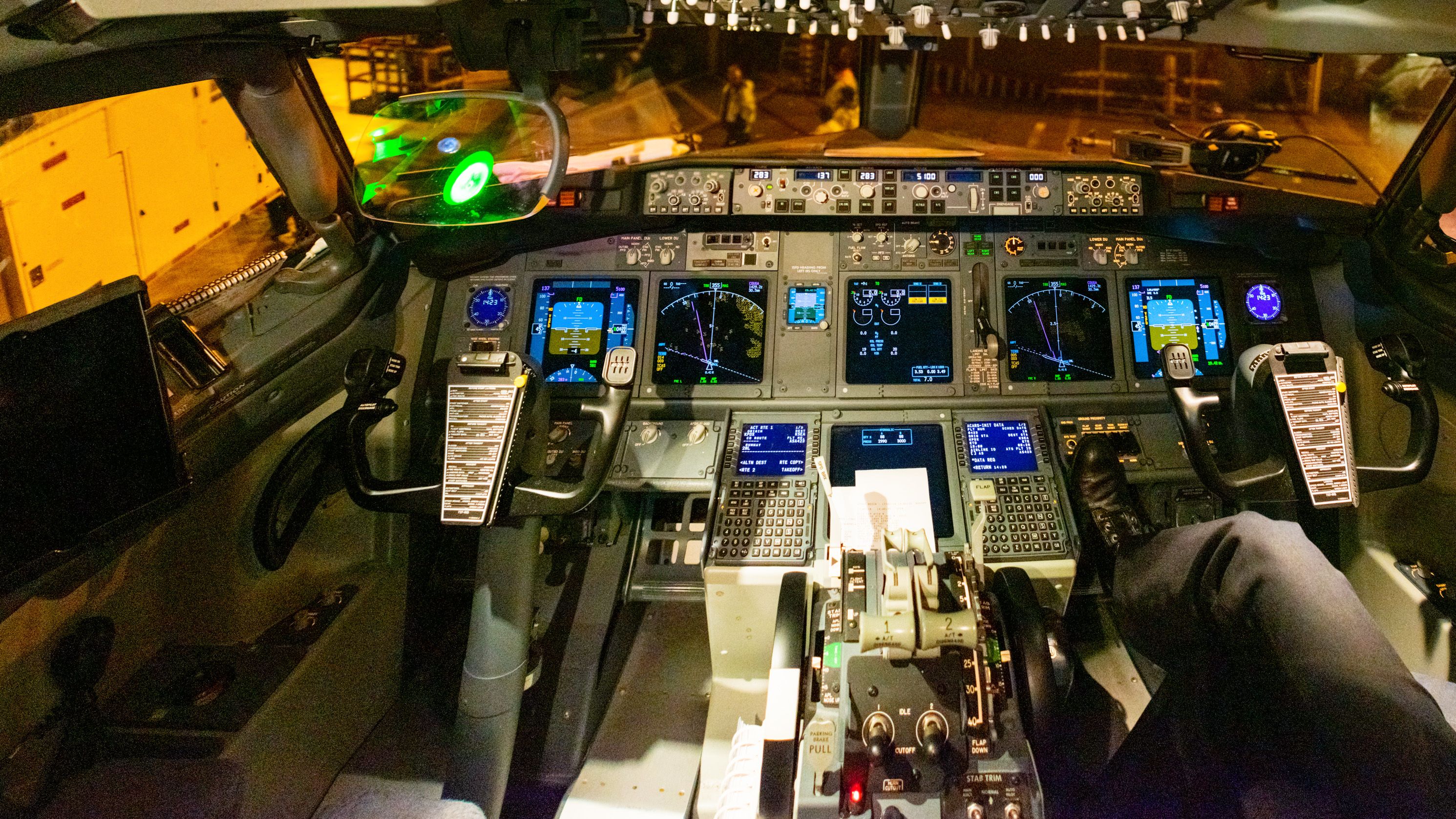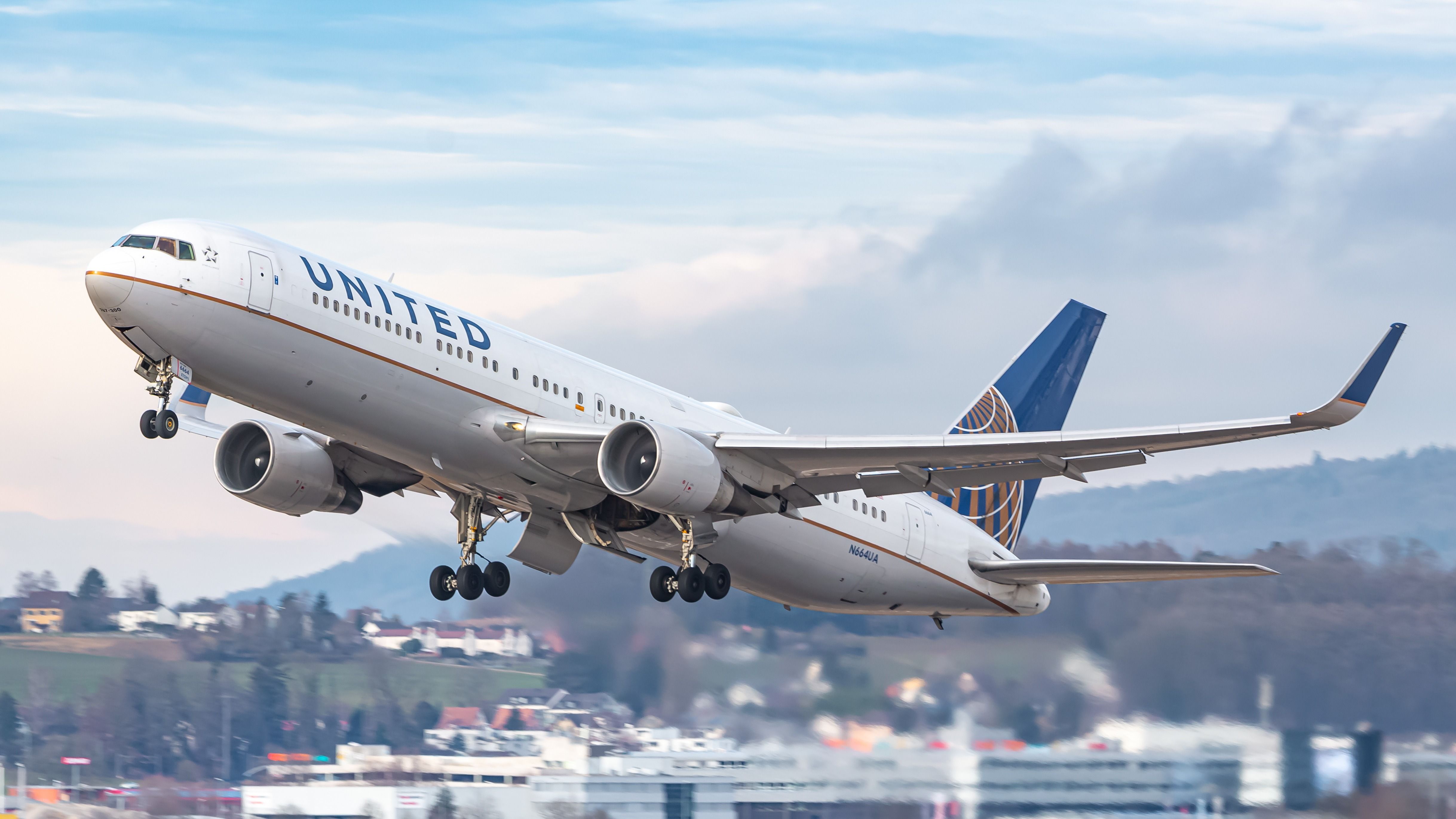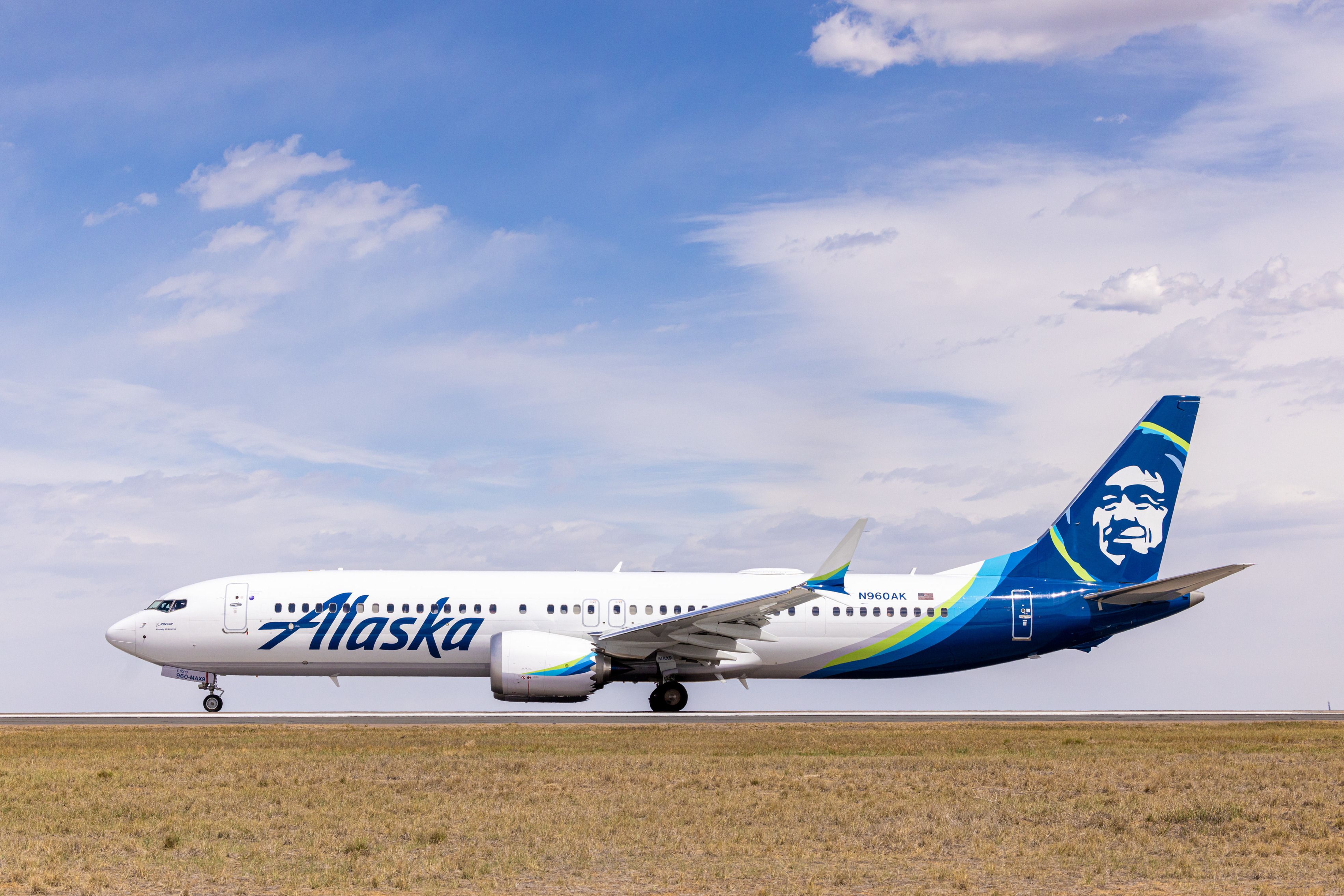Summary
- The new law mandates a secondary cockpit barrier on all commercial aircraft to prevent 9/11-style attacks.
- Implementation may take up to six years, leaving the US vulnerable until retrofitting is complete.
- Legislation will require all new aircraft to have secondary barriers to enhance pilot and crew safety.
President Joe Biden has ‘fixed’ one of the most tragic flaws that led to the darkest day in American aviation, 9/11. This week, the president signed into law the “FAA Reauthorization Act of 2024,” which now requires a secondary cockpit barrier to be installed on all commercial aircraft. The US House 387-26 adopted the rule and placed it before the president. It will remain law until 2028, when the National Transportation Safety Board is reauthorized to keep it going.
The requirement that all aircraft be installed with a secondary cockpit barrier will take time and could take five to six years to implement. Until retrofitting is completed, a retired FAA investigator told the Boston Herald that the United States could “be vulnerable to a 9/11-style attack.”
Photo: Joe Kunzler | Simple Flying
Advocates for a secondary barrier have reiterated that these are key to preventing the future hijacking of aircraft and should deter terrorists from being able to access the cockpit. Installing a secondary barrier is the final 9/11 Commission recommendation that has yet to be implemented. Acting FAA Associate Administrator for Safety, David Boulter, reiterated the concern, noting:
“No pilot should have to worry about an intrusion on the flight deck.”
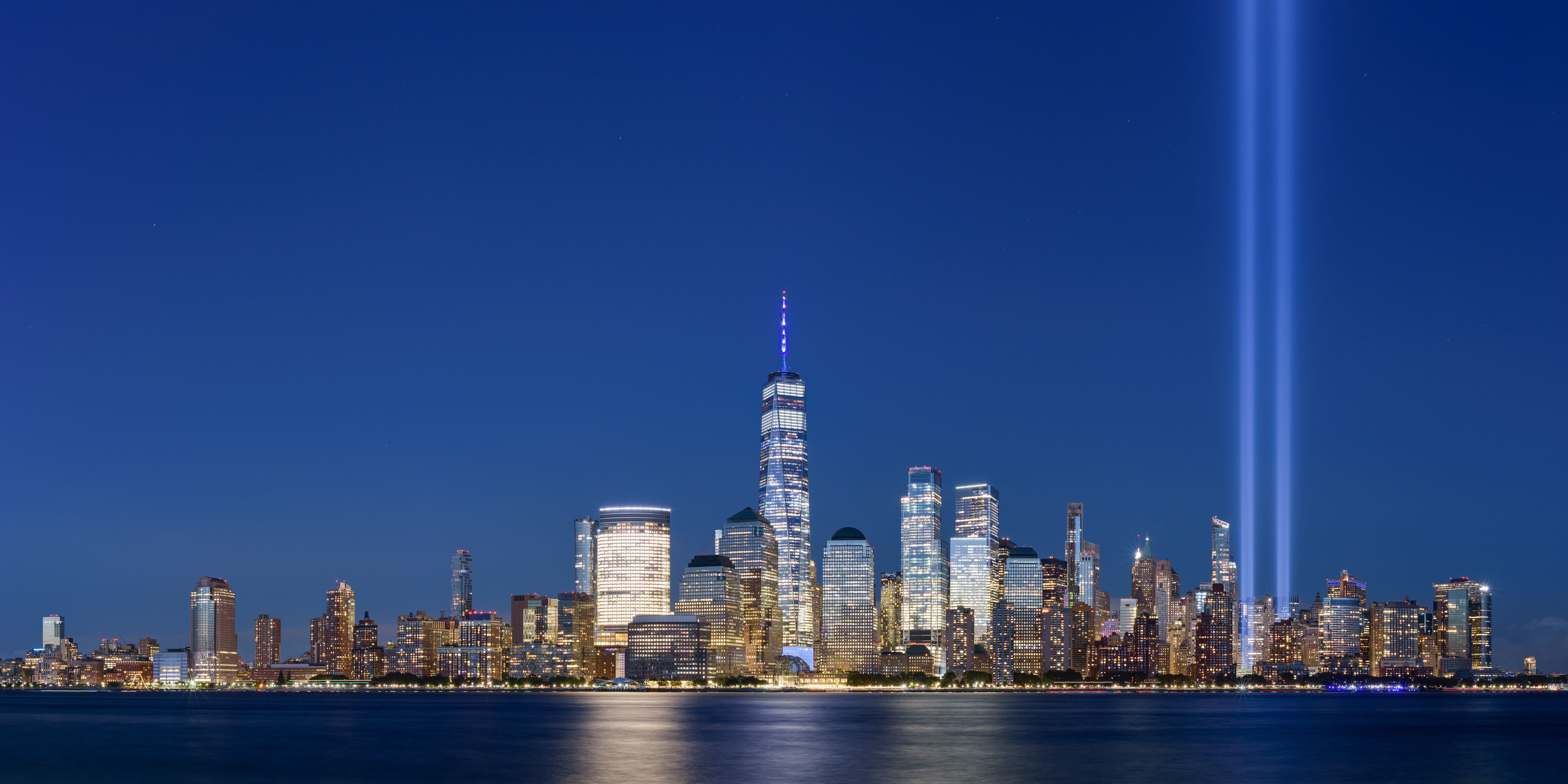
Related
The 9/11 Attacks – A Cabin Crew Perspective
Looking back on one of the most horrific days in aviation history.
Storming the cockpit
As 9/11 identified, terrorists were able to storm the doors of the cockpit, knowing that they would be open early in the flight, with UA93, UA175, AA11, and AA77 all having their cockpits stormed and eventually causing unfathomable devastation.
Last year, an out-of-control passenger on a United Airlines flight from Los Angeles attacked a flight attendant with a wooden spoon, further highlighting the need for secondary cockpit barriers to protect not just pilots but also crew. United Airlines flight UA2609 from Los Angeles International Airport (LAX) to Boston Logan International Airport (BOS) on Sunday, March 6, saw Francisco Severo Torres attempting the act 45 minutes before arrival in Boston. Other passengers who witnessed the act stepped in, then tackled Torres to the ground, including one that was a bar bouncer..
Photo: Lukas Wunderlich | Shutterstock
Vulnerable cockpit
Even the recent Alaska Airlines incident, where flight AS1282 saw the emergency exit plug door blow out during ascent, identified the vulnerability of Boeing jets’ cockpit doors. These doors are designed to open automatically during inflight cabin decompression, but this fact is not identified in the plane’s manual.
Photo: Denver International Airport
The change in legislation will require all new aircraft to be fitted with the second cockpit barrier, with US Transportation Secretary Pete Buttigieg stating in a release from the FAA:
“Every day, pilots and flight crews transport millions of Americans safely – and today we are taking another important step to make sure they have the physical protections they deserve.”
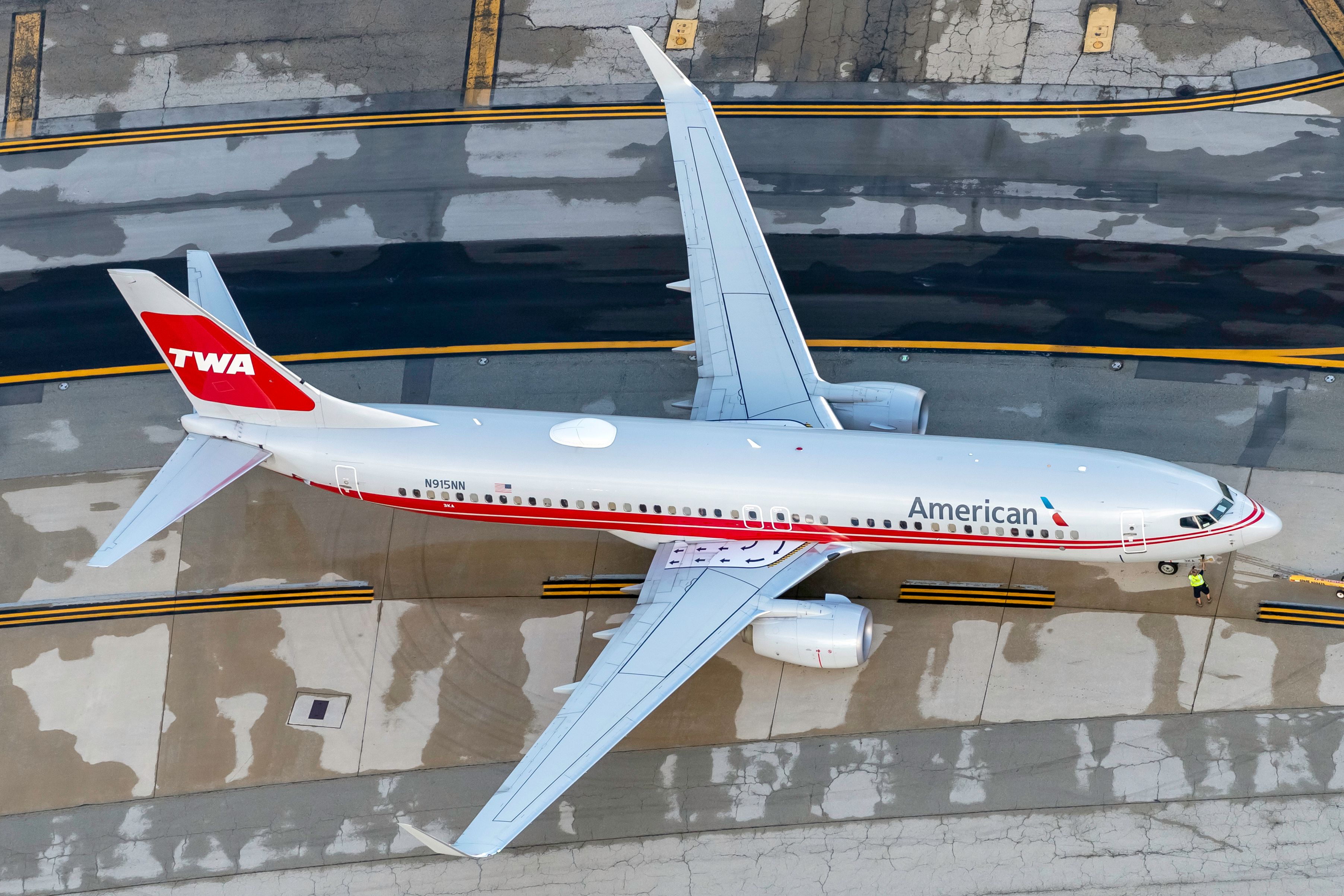
Related
The FAA Wants New Airliners To Have 2 Cockpit Barriers
The FAA will require all new aircraft built after mid-2025 to feature a second barrier to the cockpit door to enhance pilots’ security.

